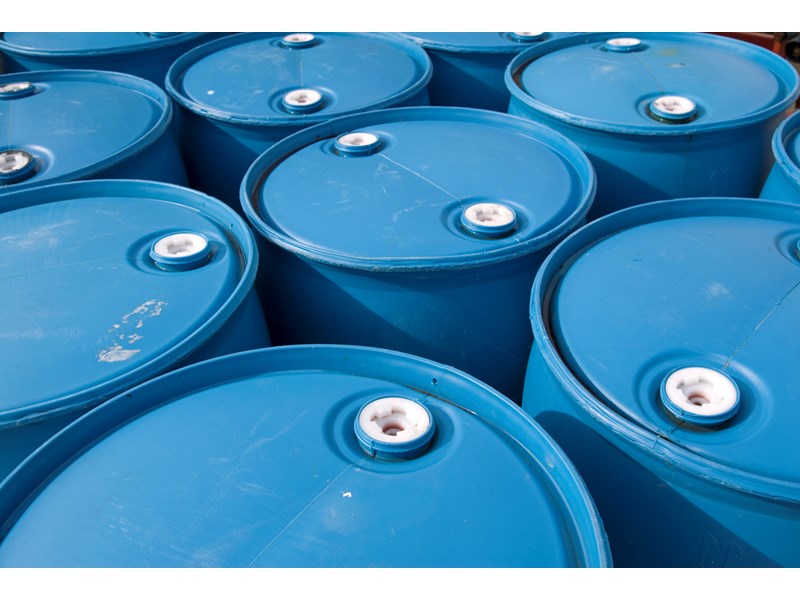Discuss your challenges with our solutions experts
How the bottom of the barrel became the top of refining margins
Despite the international phase-out for fuel oil, its crack spread hit 20-year highs
1 minute read
Ship owners and refiners are scrambling to prepare for an international rule that will lower sulphur limits in marine fuel.
IMO 2020 is half a year away from implementation, yet the fuel that's set to lose the bulk of its market share is surging in value. Globally, first quarter refining margins were weaker than usual for gasoline, naphtha and LPG, and stronger than normal for middle distillates. This trend corresponds to market expectations, as middle distillates will grab more market share in the IMO 2020 transition.
What's stunning is the exceptional outperformance of fuel oil. Crack spreads hit 20-year highs in some regions, and outperformed margins for gasoline, which is typically the highest-performing refined fuel. How did it happen?
The global crude slate is lightening
Traditional relationships between light and heavy crude are skewed in today's marketplace. US crude output growth of light, sweet crude is outpacing the production of heavier, sour oil that comes from countries are struggling with output.
“The market is really tight at the moment,” Jonathan Leitch, senior analyst at Wood Mackenzie Ltd. in London told Bloomberg. “For some people, the perception is that if it’s tight now it will stay tight.”
Geopolitics' outsized influence
Supply shortages of heavy oil are emerging around the globe. Venezuela's electric grid is unreliable and contributing to oil production losses on top of new US sanction. Now President Trump put an end to Iranian sanction waivers, cutting off access to sulphur-rich crude that is commonly used to make the fuel oil that powers ships.
Refinery investments are geared to IMO 2020
As part of the preparations for IMO 2020, refiners around the world have geared up by investing in upgrades to coking and hydrocracking capacity. These refinery units are designed to break down heavy oil into lighter products, serving to reduce production of fuel oil.
Looking ahead to next quarter's refining margins, we're bullish. Summer products demand will combine with stronger diesel needs ahead of the IMO bunker specification change at the turn of 2020.

Trade routes are evolving ahead of IMO 2020. Get our global crude flow forecasts.
Learn moreIMO 2020 insights hub
How will IMO 2020 affect the crude market and fuel prices? Who will be affected and what does this mean for your business?
The IMO 2020 Insights hub provides you with latest and thought-provoking insights to understand how IMO standards will affect fuel markets and evaluate potential new opportunities. Our trusted market intelligence across sectors, proprietary tools and expert analysis helps you plan and strategise for a post-IMO 2020 reality.
Get the latest news and analysis here.
-
1 January 2020
When IMO 2020 rules are underway
-
80%
The total required reduction of sulphur
-
3.5 wt%
Current maximum fuel oil sulphur limit
-
0.5 wt%
New maximum fuel oil sulphur limit





